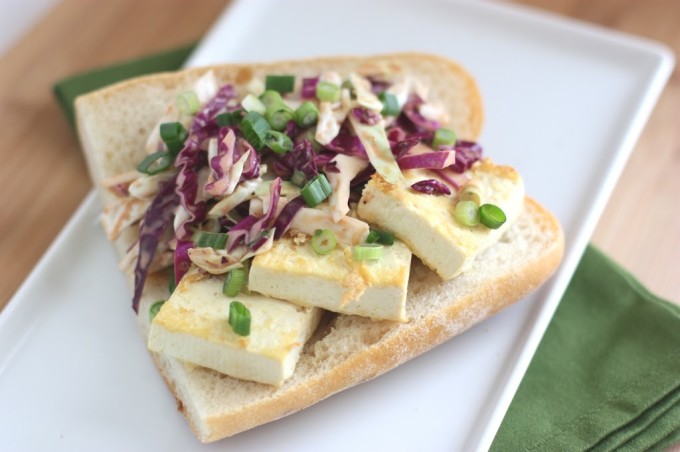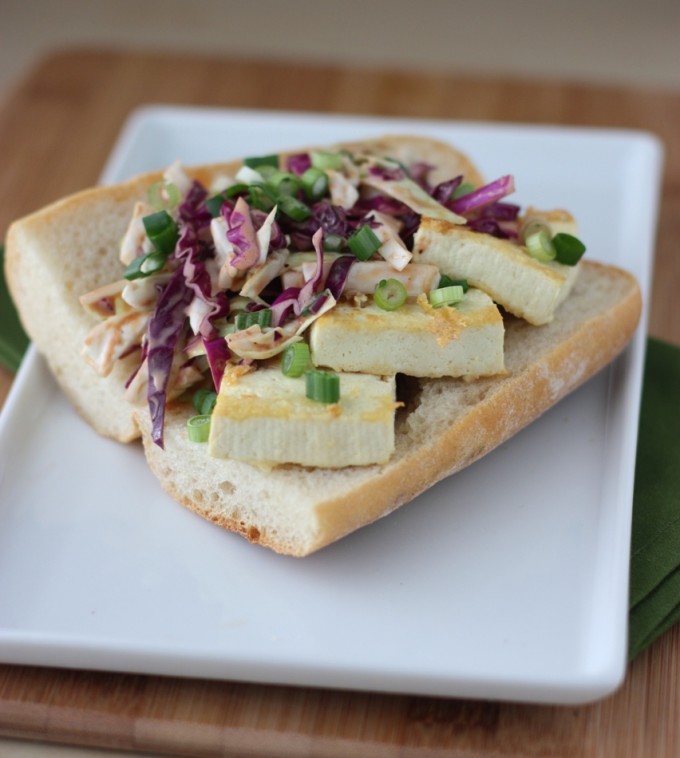
Spicy Sesame Cucumber Salad
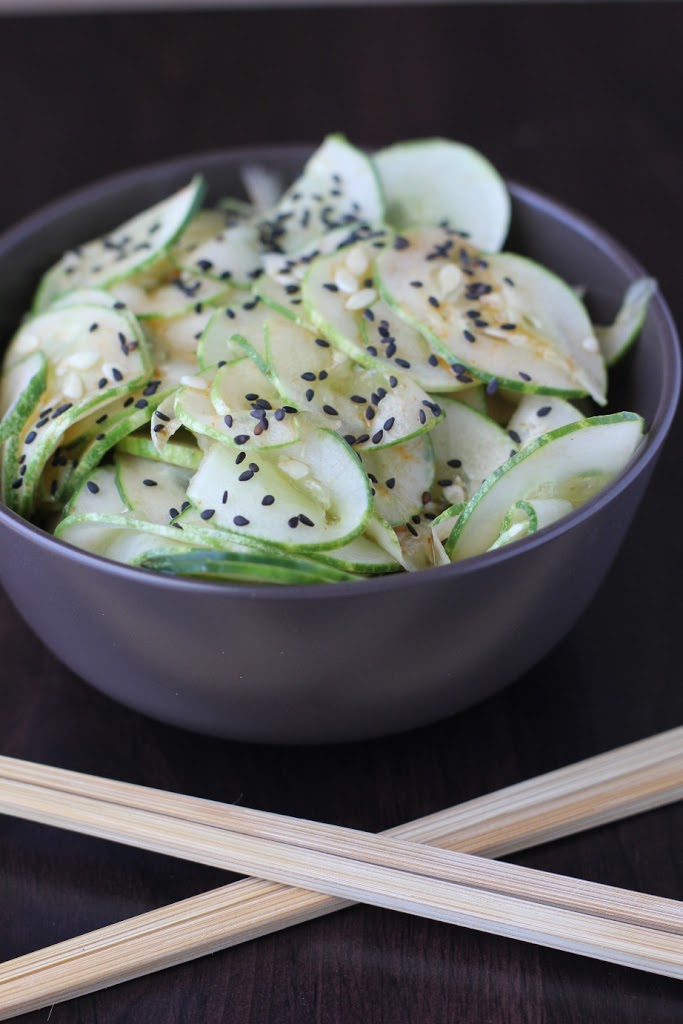


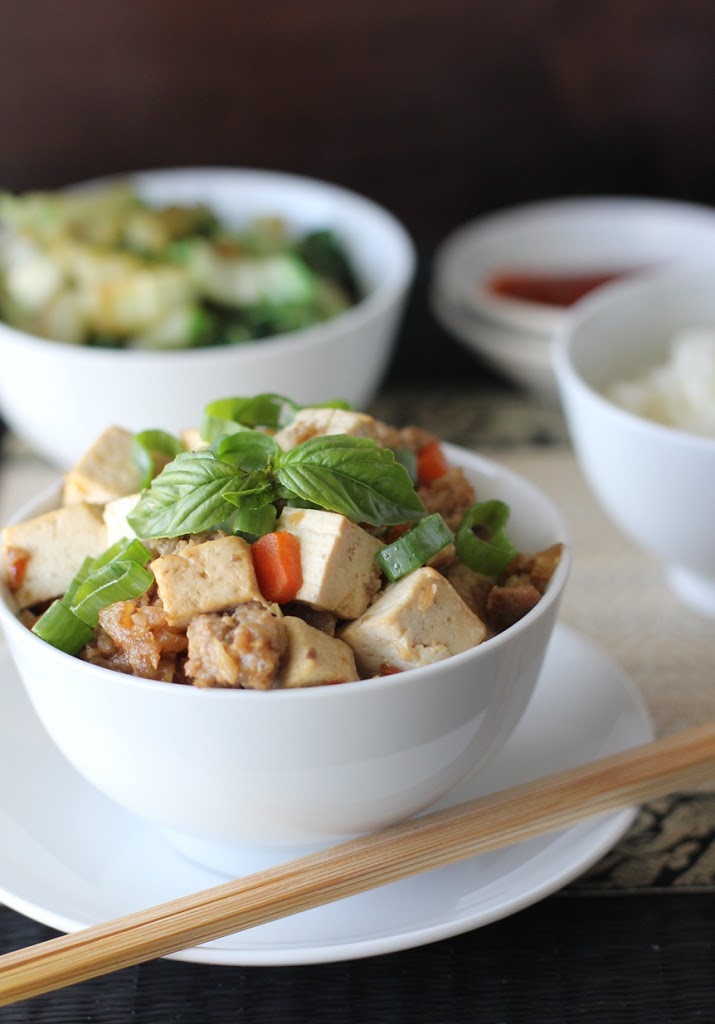
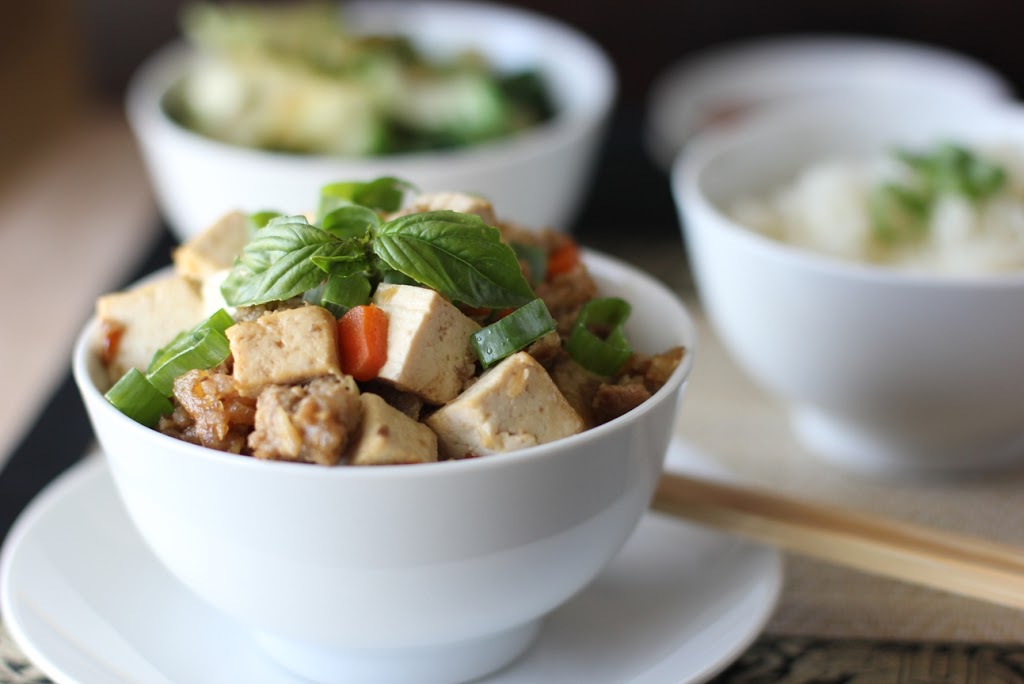

I first made this delicious beef satay recipe back in 2012. Every summer it continues to be a great go-to meal or snack when we fire up the grill for some outdoor cooking.
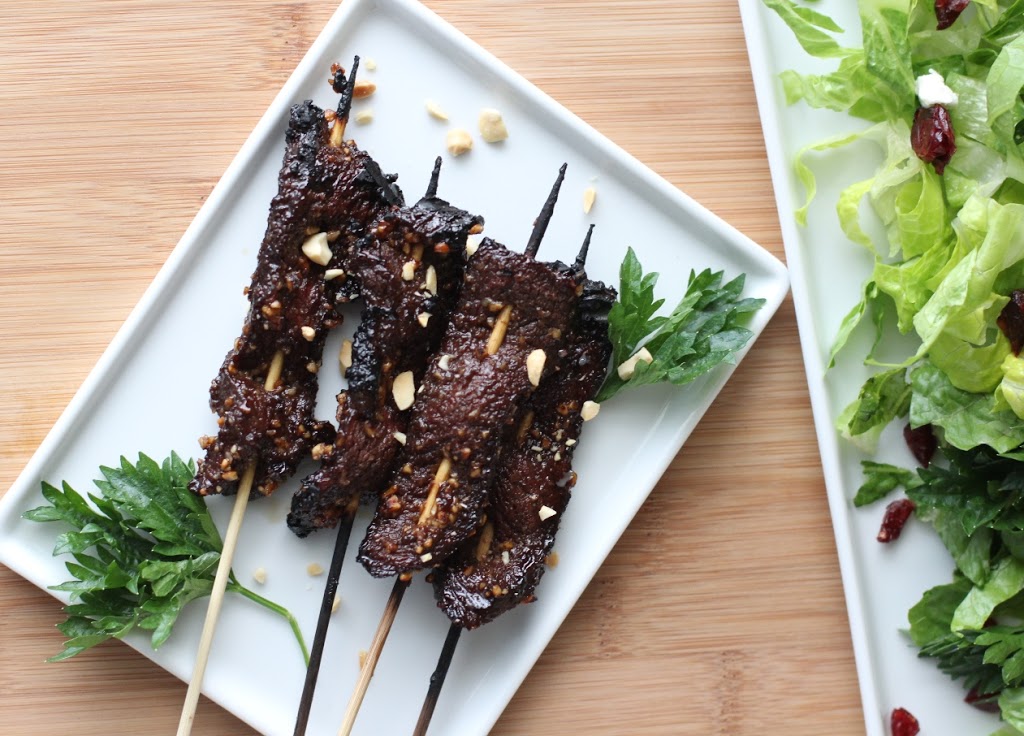
The email subject read, “As far from fake beef as one can get.”
That was enough to spark my curiosity.
Before I opened it I wasn’t aware of the cookbook that awaited me, of the story that would later have me nodding my head, or the fact that it would be so educational that my husband would hijack it for a day and read the first 70 pages.
The title says a lot, but it does not say it all. I’ve found this cookbook to serve as a novel as I have read through Lynne Curry’s story. Lynne is a former vegetarian who now finds herself in Oregon’s Wallowa Valley enjoying what I can only imagine is one of the most beautiful places on earth with some of the best food.
I live in central Kentucky and it’s pretty beautiful here, too. As I write this I just happen to have a chorus of cows singing from the farm behind our house, but I’ve been to Oregon and I love it. This can be considered – how I related to this book #1.
Number 2, is the story of how a vegetarian came to enjoy the flavor of grassfed beef, culturally, nutritionally, and ethically. To paraphrase roughly, the moment was during her international travels in Guatemala when she was graciously offered grassfed beef as a gesture of hospitality.
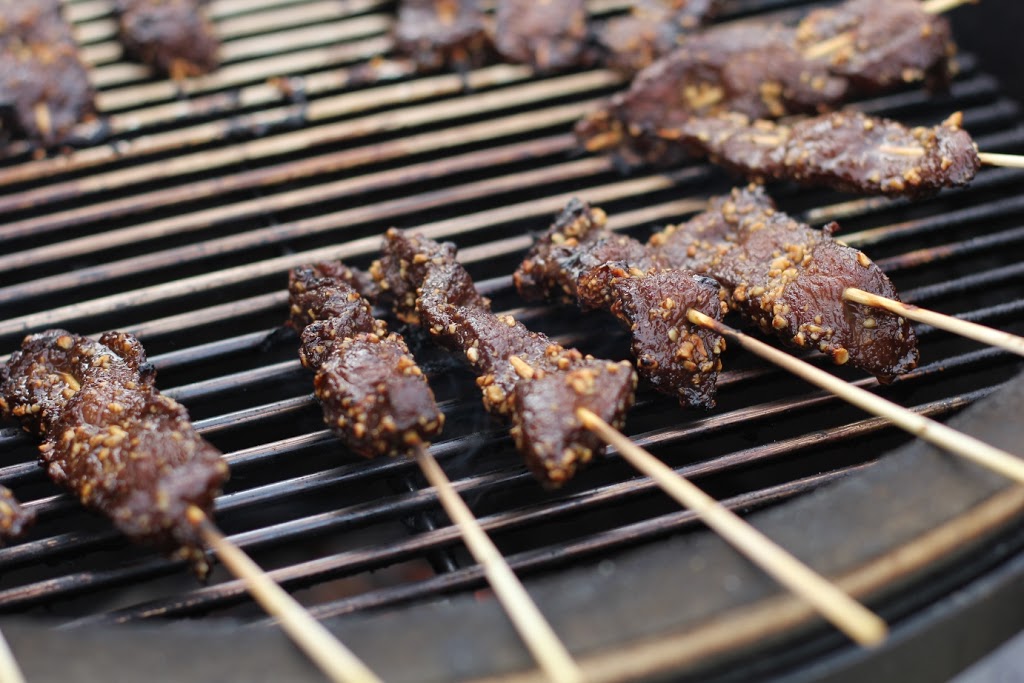
While I have never been a vegetarian, I fully believe that culture and respect for the people of that culture should override what we will and will not eat. I’ve tried many things, and maybe one day I will be put in a position where I just can’t stomach it, but as of now this is my view. It was a view that I felt I shared with the author as I read, making this book even more meaningful.
I was never all that crazy about beef until I enjoyed the local grassfed beef of the Bluegrass. This opportunity occurred only about 2 years ago when we returned to the States. Now it is the only beef I will buy. There are many reasons for this, and I will let you read through these when you get your copy of Pure Beef. Considering my background, nutrition is one reason.
As I moved past the why of the book, I got to the how. How to cut beef, how to buy it, how to cook it. I still have a lot more to read, but this is as much a resource for my library as a cookbook.
Then you get to the recipes. There truly is a recipe for every cut, and an endless amount of tips on how to cook it all. Coffee Bean-Chile Rubbed Sirloin Roast, Boneless Oxtail and Buckwehat Crepe Purses, and Baked Argentinian Empanadas to name a few.
There are side dishes and condiments galore as well, with and without beef, such as Roasted Corn Salsa, Butternut Squash Bread Pudding, and Lemony Chard Bundles. There are also variations on recipes such as the gluten-free meat loaf.
There were too many great recipes to choose from, so I had to use a bit of a spin-the-bottle approach to select one. I landed on Tamarind Beef Satay.
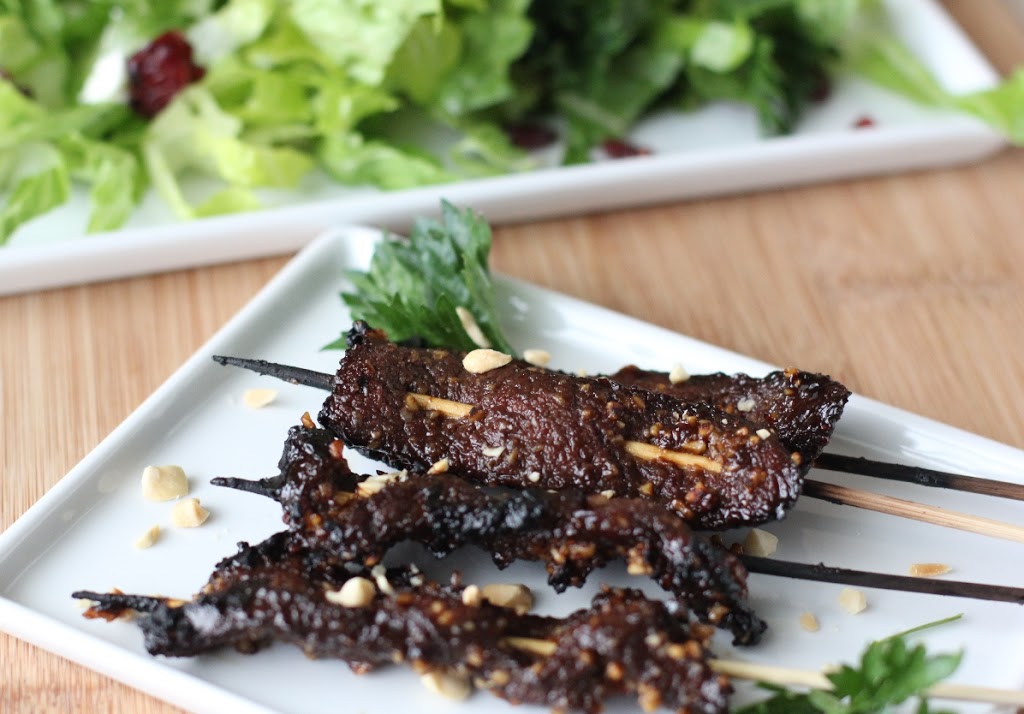
We picked up a tri tip from our local grassfed beef source, Marksbury Farm Market. It worked beautifully and all the credit has to go to my husband. One tip he picked up from the book was to freeze the meat for about 20 minutes before slicing it thinly for the beef satay. He sliced, I mixed the marinade.
This recipe is simple and the beef satay cooked up on the grill quickly. The sweet and tart flavors of the tamarind, honey and fish sauce go so well together. Next time I’ll probably add just a little more chile sauce because we are spicy food fans. We served up the satay with grilled corn and a green salad. Easy and delicious!
Recipe reprinted with permission from Pure Beef © 2012 by Lynne Curry, Running
Press, a member of the Perseus Book Group.
From the book:
Tamarind is an intoxicating sour and sweet fruit from Indonesia where satay is the go-to snack on a stick. It is incredible with beef, so I created a tamarind marinade that lacquers thin beef strips to grill or broil. Satay makes a wonderful appetizer; to fill it out for a main dish, I accompany it with another Indonesian favorite, a fruit salad called Rujak, which has as many renditions as pasta salad does in this country. My version is a beautiful chopped salad of cucumbers, jicama, pineapple, and mango that’s crunchy, juicy, sweet, and tart. Served along with Sticky Rice or steamed rice, it turns satay into a tantalizing meal, just the thing to wake up your taste buds in the middle of winter.
Makes 4 servings as a main dish; 8 as an appetizer
3 tablespoons tamarind paste*
3 tablespoons honey
1 tablespoon fish sauce
1/2 teaspoon chile sauce, such as sambal oelek
1/8 teaspoon salt
1/2 cup unsalted dry roasted peanuts
1 to 1 1/2 pounds top sirloin steak, sliced into 1/4-inch thick strips
Mix the tamarind paste, honey, fish sauce, chile sauce, and salt in a medium-sized bowl. Pound the peanuts in a mortar and pestle or in a heavy-duty plastic bag with a rolling pin to the texture of fine breadcrumbs and stir into the tamarind sauce. Put the beef strips in the bowl, toss to coat, and marinate for about 15 minutes at room temperature.
Preheat a charcoal or gas grill for high heat (425°F to 475°F), scraping the grate clean and oiling it lightly, or preheat the broiler. Thread the slices onto wooden or metal skewers, stitching the beef on and then stretching it along the skewer so that it looks like a miniature banner. Thread any short strips onto the same skewer.
Grill or broil the skewers for 1 to 2 minutes per side and serve the satay warm or at room temperature.
*Note: Tamarind is available from Asian grocery markets in several different forms. Tamarind paste is the easiest form that can be used straight from the jar. If your tamarind is labeled concentrate, use only 1 tablespoon and mix it with 2 tablespoons water. If you have a block of tamarind, chop about 1/2 cup of it, use a fork to mash it with 6 tablespoons of boiling water, and let it soften for about 5 minutes. Use a fine-meshed strainer to extract 3 tablespoons of pulp, pressing on the mixture firmly with a spoon.
Disclosure: A copy of this cookbook was sent to me for review purposes. I was not required to post about it and received no compensation for doing so.
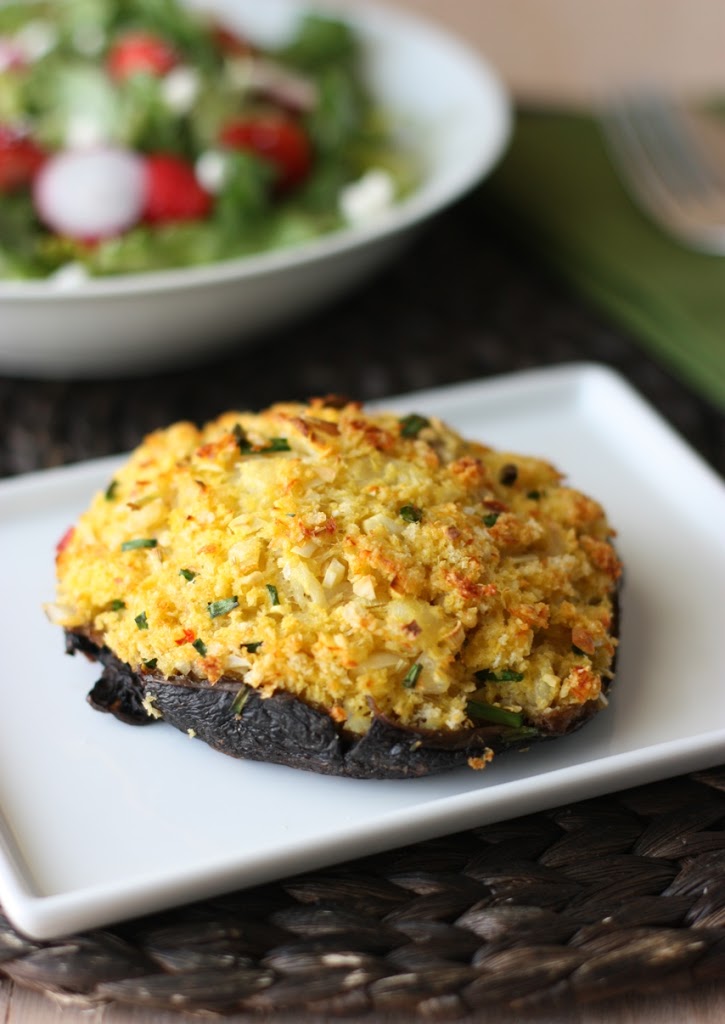
I buy portabella mushrooms only on occasion, but I think I may be stuck in a rut with how to serve them. When I bought this round I had the thought – why don’t I stuff them with some sort of fish?
But this is different. This time around I couldn’t stop thinking about Thai fish cakes. So I went with cod instead of salmon, grabbed the lemongrass and a Bird’s eye chili out of the freezer, and reached to the back of the pantry for the panko and fish sauce. This one is a keeper, and I’m sold that portabellas are good for so much more than burgers!
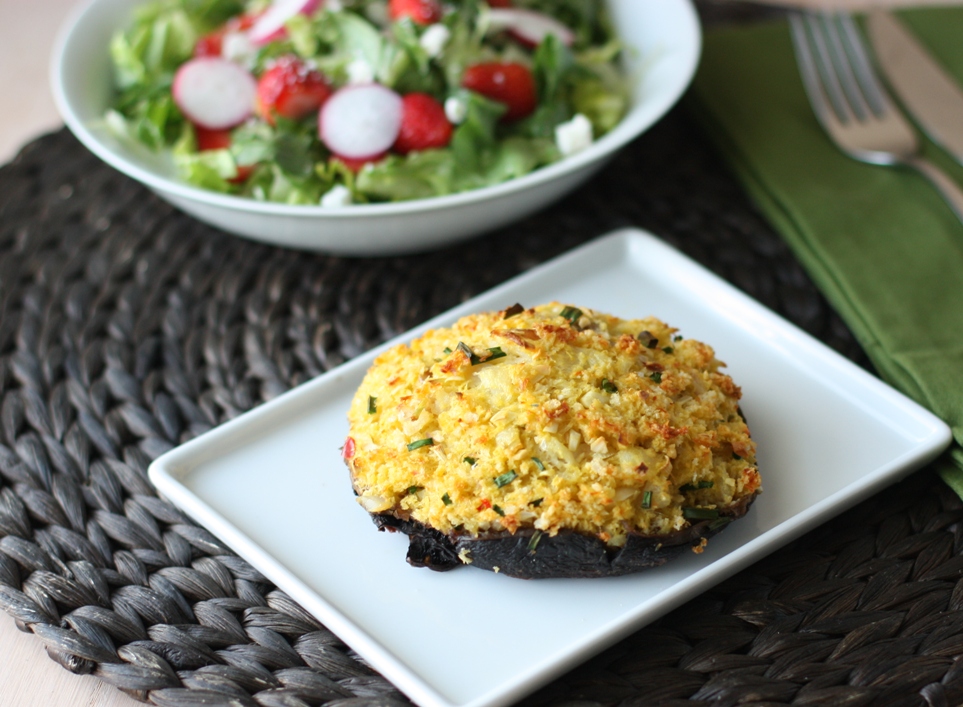
Makes 2 servings
Extra virgin olive oil
2 portabella mushroom caps, cleaned
2 tbsp fresh chives, chopped
2 inch piece lemongrass, minced
1 Thai Bird’s eye chili, minced
2 cloves garlic, minced
1 tsp freshly grated ginger
¼ tsp salt
¼ tsp ground coriander
1 tsp fish sauce
1 large egg
3 oz. fillets cod, cooked, cooled and flaked
½ to ¾ cup panko bread crumbs
Preheat the oven to 400 degrees F. Coat the mushrooms in a thin layer of olive oil, and grease a shallow baking dish. Set aside.
In a mixing bowl, combine the chives, lemongrass, chili, garlic, ginger, salt, coriander and fish sauce. Add the egg and beat the ingredients with a fork until the egg is blended with the herbs and spices. Add the fish breaking it into small pieces.
Stir in ½ cup of the bread crumbs. How much you need will depend on the moisture in your fish. I used a frozen fish that I baked so it held in a lot of water. You want the fish cake to form and hold a patty shape. Add more bread crumbs until you reach this stage. I added all ¾ cup.
Divide the fish cakes and press the stuffing into the mushroom caps, mounding it as you flatten and press it. Bake for 25 to 30 minutes or until the fish cake is browned and the mushroom tender.
Thanks for reading! All images and content are the property of Fake Food Free unless otherwise stated. Please do not republish recipes and images without written permission. Feel free to Pin images and share links to my posts, but please do not copy and paste recipes or photos and share them on other sites. Confused about copyright and food blogs? Here is some helpful information on Recipe Attribution.
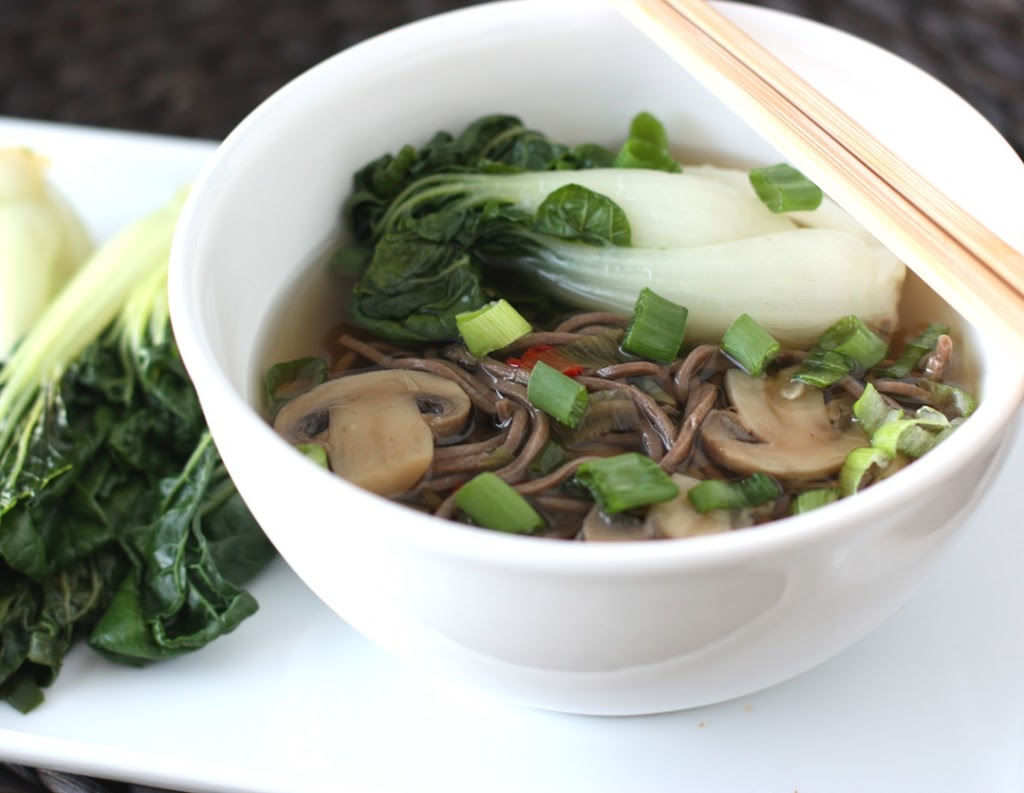
The book – Why the Chinese Don’t Count Calories by Lorraine Clissold – has been on my reading list for a long time. After a commitment to actually make it through that list in 2012, I finally got myself a copy a few weeks ago.
I’m halfway through and things are already changing in my kitchen.
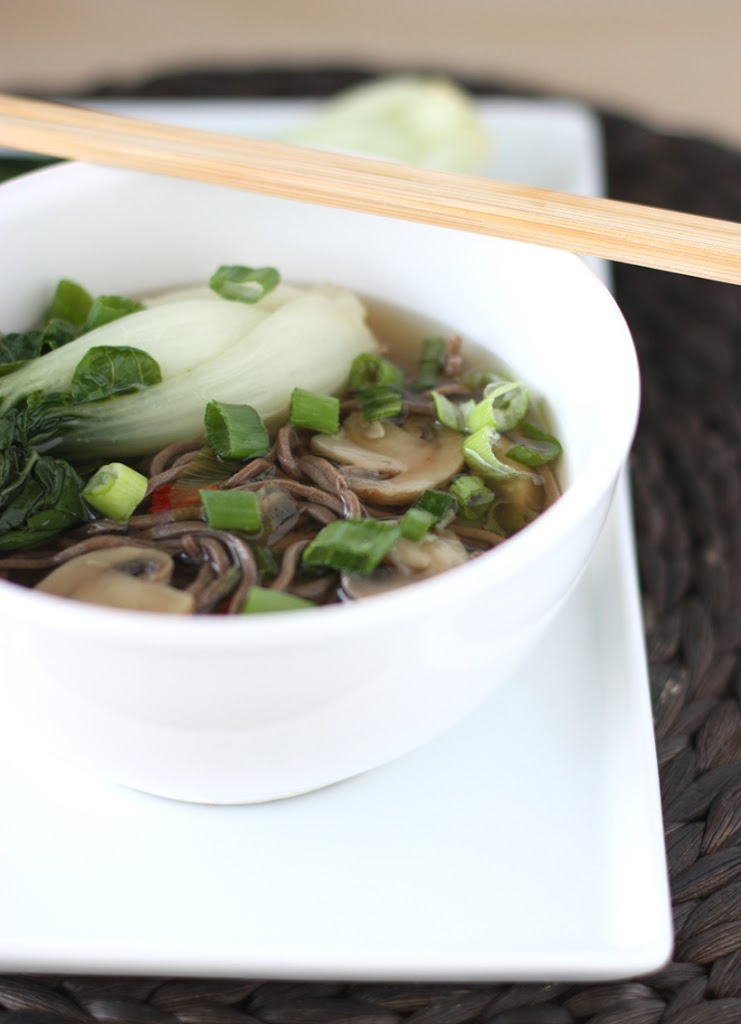
I didn’t know what to expect from the title alone. I knew it was a book about Chinese food culture. I adore anything to do with food culture, and at the moment, Asia. I’ll post more details when I’ve finished the book, but every aspect of it so far has my senses on alert.
Not only is it well written, but within it is detailed information about Chinese principles and how they apply to food. Not only are there plenty of suggestions for Chinese cooking, but Clissold does a wonderful job of explaining how the reader can apply these principles when Chinese cuisine isn’t on the menu.
After reading page after page about noodle dishes, simple broths, and the yin and yang, I decided to make up a simple dish for our dinner last night. I tend to load my food with herbs and spices, but remembering the principles conveyed in the book I made a broth using a homemade vegetable stock I’d frozen earlier this year.
I added only garlic, green onions, ginger, mushrooms, and salt to season it, and crumbled in a bit of chili flakes. Mine came from a cayenne pepper I had dried from last year’s garden. I served this warm over soba noodles, and with some steamed baby bok choy.
Yes, I could get used to eating like this, but the eating it has never been the issue. I just never seem to get out of my comfort zone and cook it. Simplicity in food is so appealing.
Makes: 4 servings
What you’ll need:
8 cups vegetable broth
8 cloves garlic, minced
¼ inch piece fresh ginger, grated
8 oz. mushrooms, sliced thick
5 green onions, greens and whites sliced
1 teaspoon sea salt, or to taste
¼ teaspoon dried chili flakes
4-6 baby bok choy, steamed until tender
10-12 oz pack soba noodles, cooked and drained
How to make it:
In a soup pot, heat the broth to a low boil and then reduce heat to simmer. Add the garlic and ginger. Simmer for about 5 minutes. Next add the mushrooms, and simmer just until barely cooked, about 3 minutes more. Add the onions, salt and chili flakes. Allow to simmer while you prepare the serving bowls.
Divide the noodles into four deep bowls. Place one or more baby bok choy in each bowl. When ready to serve, ladle the hot broth over the noodles, about 2 cups per bowl.
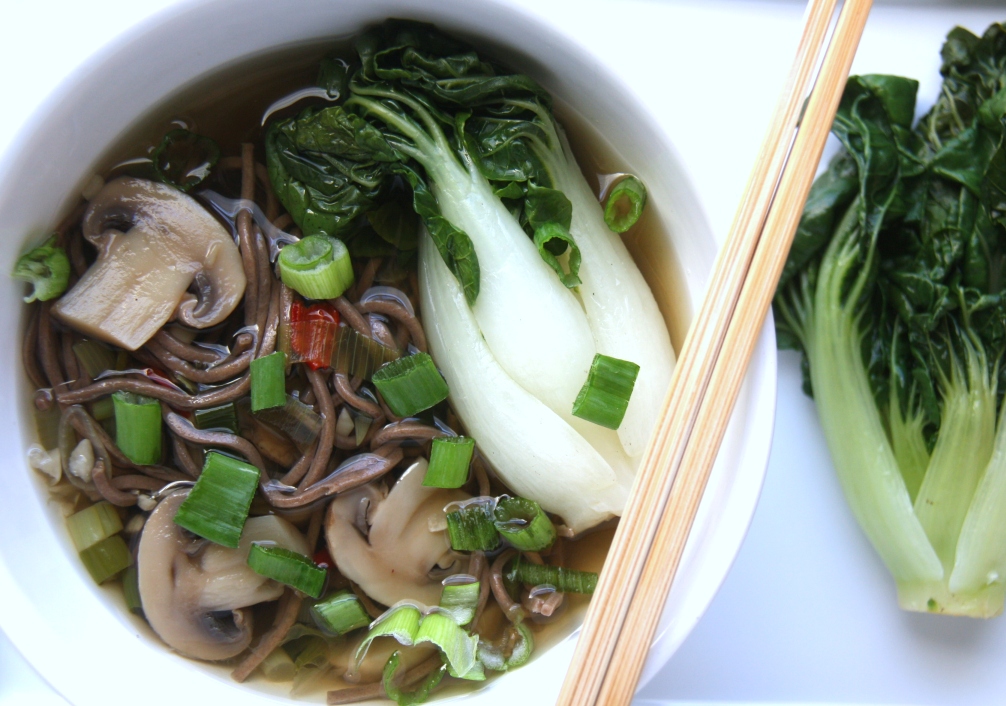

This Tofu Po’Boy sandwich is a remake of a sandwich I loved ordering from one of my favorite places to eat in central Kentucky, Windy Corner Market.
